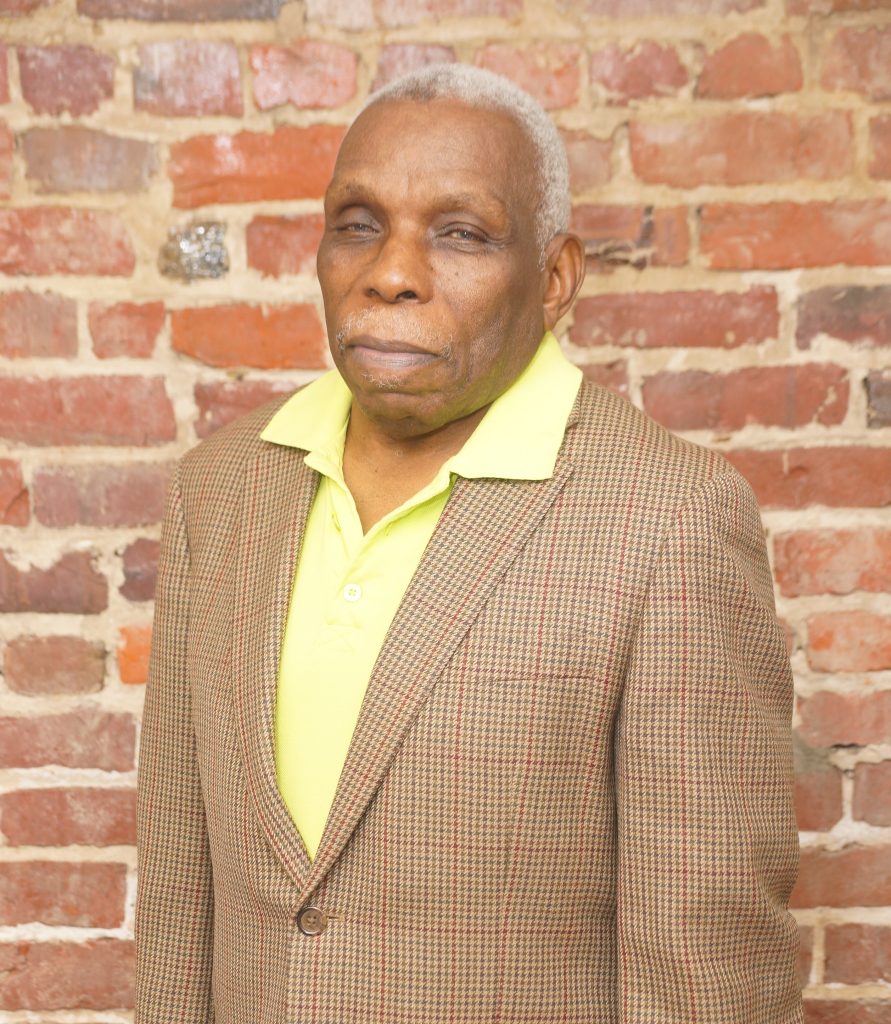By Ivory Phillips
Jackson Advocate Contributing Editor
Sixty years ago, this month, many students at Jackson State College (JSC) were involved in what contemporary civil rights activists called the Jackson Movement. Not much has been written about those manifestations of the movement on Jackson State College’s campus, which is bad enough. Even more unfortunate, however, is the fact that several heroines involved in the actions are almost completely without mention in the historical record. Women’s History Month provides us an opportunity to play a small part in rectifying that condition.
Much has been made of the fact that by 1961 the public Black college campuses were under close scrutiny by the college Board of Trustees, and under them, the presidents of the individual colleges. This had come about not only because the state’s white leaders were determined that the Civil Rights Movement would not get a chance to get started in this state. It had also come in the wake of the major civil rights disturbance at Alcorn College a few years earlier.
As a result of this situation, activism developed most visibly on the campuses of Tougaloo College and Campbell College. Within a few years, Rust College spawned such activism as well.
The measure of freedom on those private Black college campuses was such that even the things that did happen on the public campuses were minuscule, if not invisible. Yet, it is about such activities that we address ourselves herein.
Given the fact that the state office of the NAACP was less than two blocks from Jackson State College, it should not be surprising to anyone that many JSC students were quite involved in what was referred to as the Jackson Movement. Among the JSC students who were prominently involved included not only James Meredith, who went on to gain notoriety as the first Black student admitted to the University of Mississippi; Cleve McDowell, who became the first Black student admitted to the University of Mississippi School of Law; and Walter Williams, who was the Jackson State College Student Government Association President expelled by President Jacob Reddix. We can also mention at least four Black female students who were key activists at that time and in that place. These student/activists were Dorie Ladner, Joyce Ladner, Ruby Magee, and Rosie Pearson.
Many people may have heard of Dorie and Joyce Ladner because they went on to gain national notoriety as organizers with the Student Non-Violent Coordinating Committee as speakers and as voter registration educators in the areas of Hattiesburg, McComb, Greenwood, Greenville, and elsewhere. The point here, however, is to stress that they worked very closely with Medgar Evers and the NAACP while they were students at Jackson State College.
Although they did not single-handedly organize it, the Ladner sisters were by far the chief initiators of a prayer vigil held in front of the college library in support of the Tougaloo students who had been arrested for attempting to desegregate Jackson’s downtown municipal library. The vigil, which burst into a major disturbance due to the aggressive reaction of JSC President Jacob Reddix, was a key event in the Jackson Movement. From it springs not only a follow-up protest and march to the city jail the following day, but it also motivated many other JSC students to become involved in the movement on the campuses of Tougaloo College and Campbell College campuses over the next several weeks, months, and years.
As the prayer vigil and protests took place, SGA President Walter Williams was expelled, supposedly for speaking to the media about the SGA’s position. Other SGA officers immediately stepped up to fill the student leadership void. Among those SGA officers was Ruby Magee. She was a junior History and Political Science major who was not only a popular and excellent student, she was also well-respected by the faculty and staff.
Without missing a beat, Magee moderated the rally which was held in the gymnasium that next day and then led the students on a march to the municipal jail to show their support of the Tougaloo Nine. In many other ways, she stood in the gap until Arthur Williams was elected and took office as the SGA president for the upcoming school year.
Magee was able to be such a capable and courageous leader, in part, because she had been well educated in her high school in Tylertown and by the faculty at JSC, especially the History and Political Science faculty. She was further enabled by the fact that her family had long been independent cattle farmers with their own land and means of livelihood. In short, she was molded for the moment. As we recognize the other heroes and heroines of the Jackson Movement, the name Ruby Magee should not be omitted.
In a similar way, while many know the name of James Meredith, there are only a few who realize that a major colleague and advisor upon whom he relied while at JSC was Rosie Pearson. Pearson was a fellow History and Political Science major and a member of the debating club. Her father was the pastor of Lynch Street Christian Methodist Church and her younger sister was also a student at JSC. They lived within easy walking distance of the college, giving Pearson ample access to the campus students, including Meredith.
Because Meredith was already a junior at JSC and trying not to graduate immediately, he had the time to organize and become involved with student groups. Among those groups was an underground one which he, along with Pearson, organized. The group met weekly in the basement of the campus library. It developed strategies and organized students to support Meredith, Cleve McDowell, and others who may have been interested in desegregating the state’s public colleges.
One of the projects which the group sponsored was a demonstration on the Saturday after Meredith’s settling onto the Ole Miss campus. Students attending the football game that day were encouraged to bring American flags to wave as a way of saying that they supported the actions of the federal government in aborting the efforts of the state government to block Meredith’s admission.
Once Meredith was settled in as a student, like many others, Pearson faded into the background. The fading, however, should not be from the history of the movement, for she was truly a sparkplug in the Jackson Movement at JSC.
Although we have lifted up four female students who were very significant in the Jackson Movement on the campus of Jackson State College, they were not the only ones. There were scores of others involved in the movement. As time passes and other witnesses come forward, the historical record will undoubtably become more accurate and complete. Meanwhile, the writer is proud to have been able to add these four names to the written record of the Jackson Movement.






